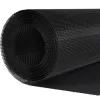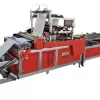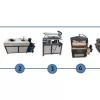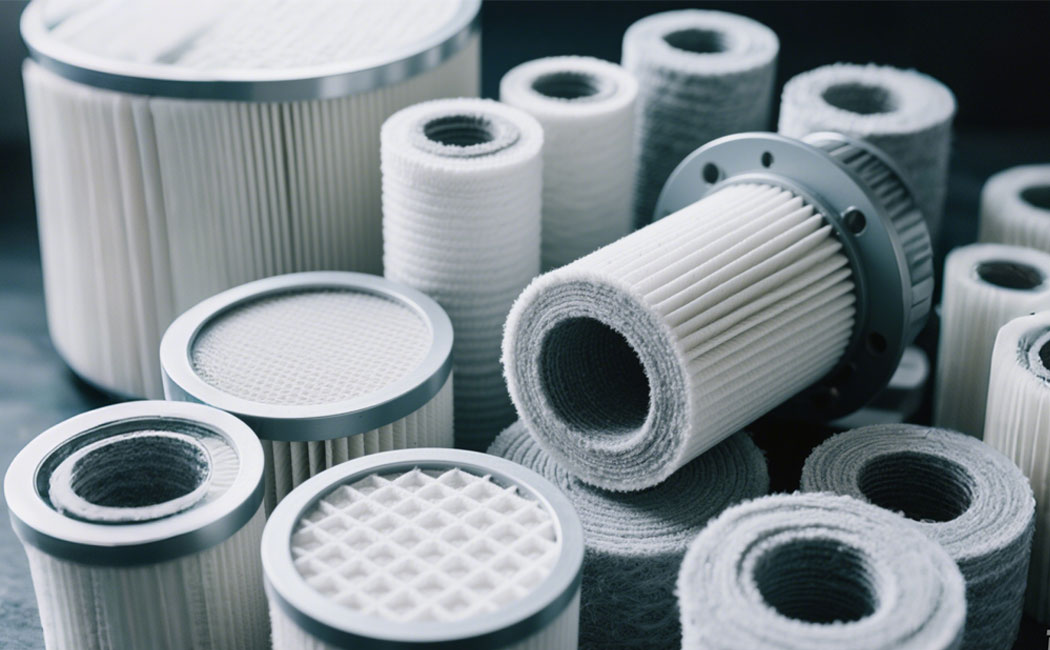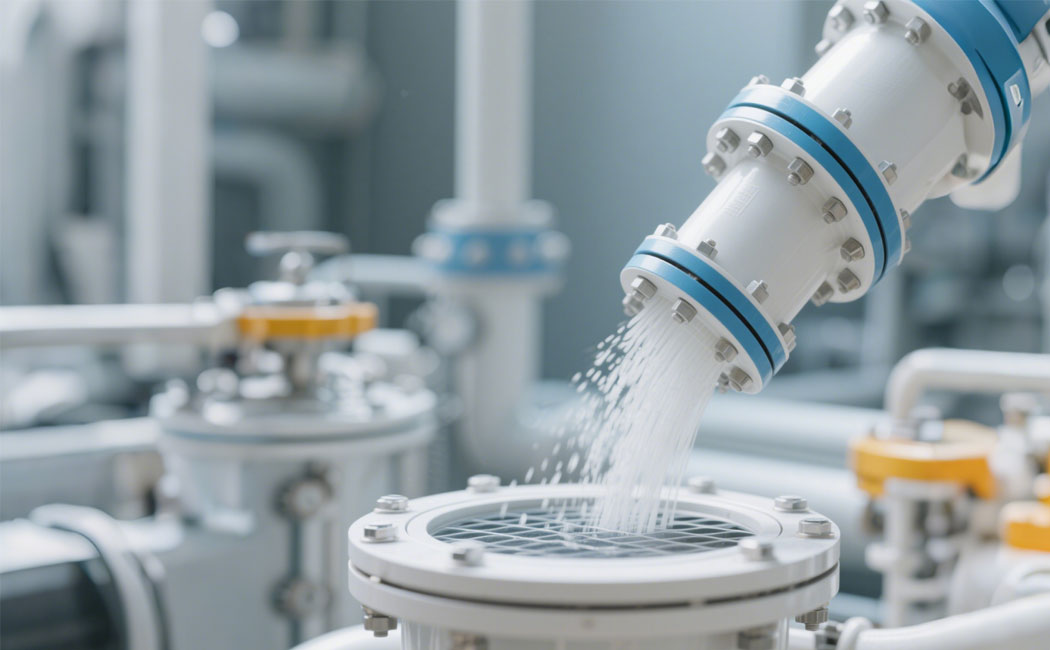Understanding industrial filter Papers: all rubber and semi-gel technology
Modern industrial filtration depends on two kinds of special materials which set performance standards: high-quality all-rubber filter paper and semi-gel filter paper. While serving similar fundamental purposes in particle separation, these engineered materials exhibit distinct characteristics that make them suitable for specific applications across automotive and industrial sectors.
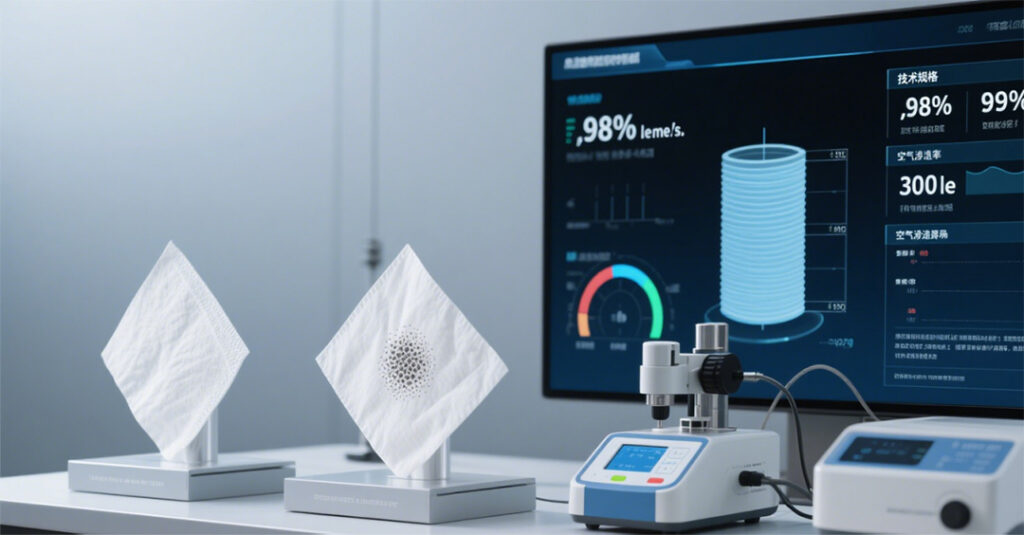
Differences in material composition and structure.
The name of all-rubber filter papers comes from the rubber-impregnated cellulose matrix that forms the structural basis of it. The rubber component forms a solid network, which can resist fluid degradation and keep good porosity. Semi-gelatinous papers has improved cellulose structure, in which gelatinous additives enhance particle retention without significantly reducing flow rates. These two materials are both impregnated with resin, but their chemical formulas are different to realize their unique properties.
Explain production processes
The production of cured all rubber filter paper includes the saturation of phenolic resin, and then heat treatment at 150 degrees Celsius for 10-15 minutes. This curing process transforms the material into a dimensionally stable medium with a stiffness of up to 70mN/m after curing. Uncured versions uses an acrylic resin systems to minimize heat exposure and maintain flexibility for air filtration applications. Semi-gelatinous papers follow a similar thermal process, but a special curing agent is added to change the interaction between gelatin and cellulose at molecular levels.
Two key manufacturing phases include.
- Impregnation of precision resin under vacuum is controlled.
- Strict heat treatment of time-temperature curve.
- Quality-controlled tucking operations
- The ultimate test of porosity consistency and structural integrity.
- Performance features and technical specifications.
Both filter paper types demonstrate exceptional filtration efficiency, capturing 98% of 4-micron particles and 99% of 6-micron contaminants. This feature directly prolongs the service life of the equipment by preventing wear and tear. These materials maintain a high air permeability of 800 l/me/s, ensuring the minimum flow limit in the operating systems.
Compressive capacity is an important distinguishing factor. The cured versions of these two materials can withstand the system pressures up to 600 kPa without affecting the structure. The stiffness grade of 70 mN/m of the cured model ensures that the wrinkles are maintained under continuous flow conditions, while the uncured model remains flexible enough for complex filter shell geometry.
Application-specific suggestiona
All-rubber filter paper perform well in demanding liquid filtration environments, especially for:
- Heavy duty truck oil filters.
- High temperature fuel filtering systems.
- Purification of industrial hydraulic fluid.
Semi-gelatinous papers show advantages in applications requiring:
- Particle trapping in precision systems.
- Chemical compatibility with specific fluids.
- Balancing moisture resistance and air circulation.
For air filtration systems, the vulcanized versions of these two materials are reliable, although all-rubber variants may demonstrate better durability in high particle environment. Semi-gelatinous papers usually prove to be more suitable for cabin air filtration where odor control and allergen capture are given priorities.
Operation prevention and maintenance
Choosing these advanced filter papers correctly can significantly affect the performance of the system. In oil filtration applications, all-rubber materials usually provide longer service intervals, while semi-gel materials may provide better initial filtration efficiency.
Understanding these technical differences will help engineers and maintenance professionals to optimize filtration systems according to specific operation requirements, and balance the factors such as service life, particle collection efficiency and system compatibility.
Share:
Categories
- blog(31)
- Industry news(3)
- Technique articles(28)

